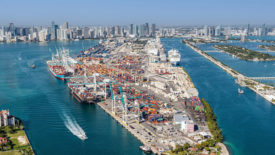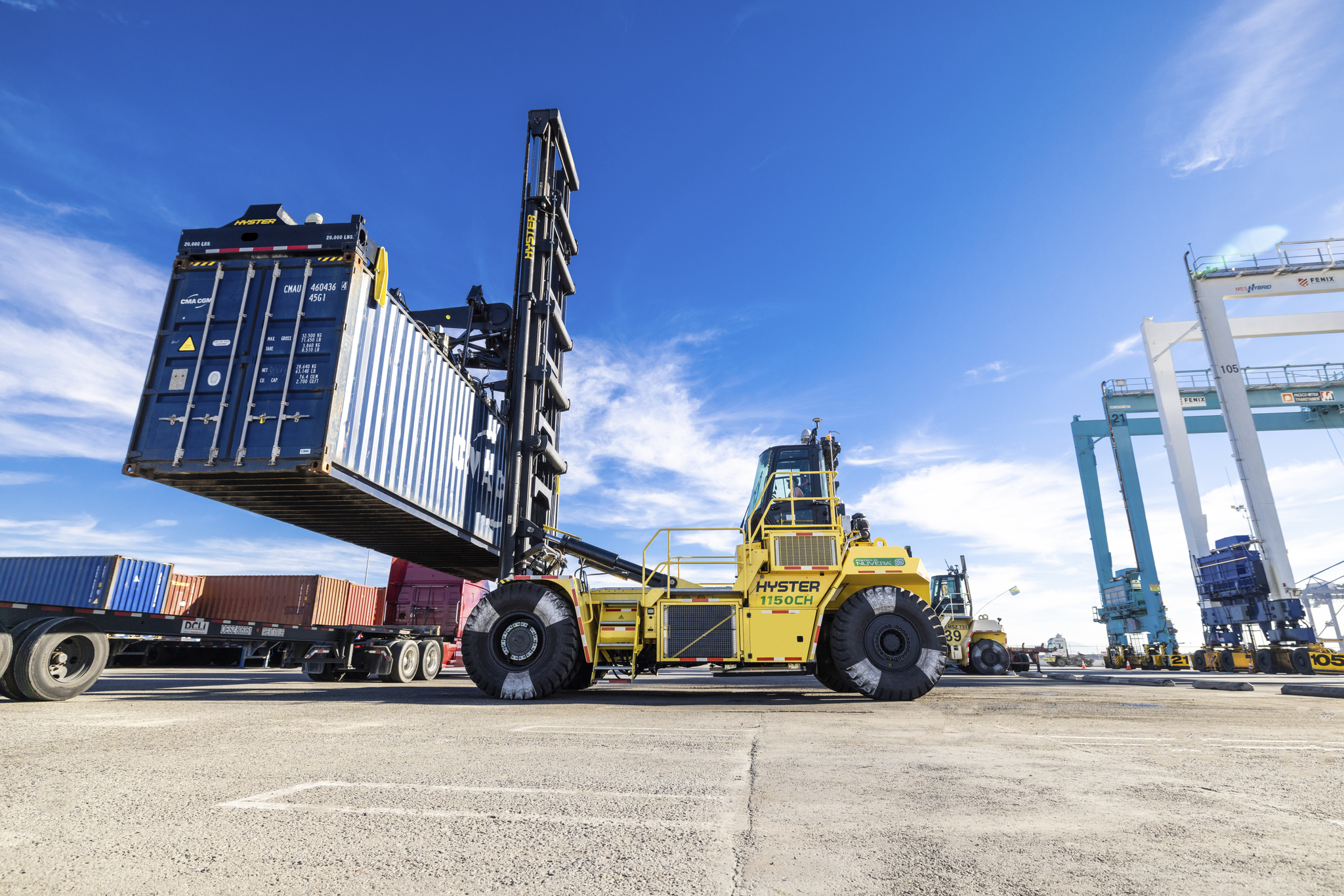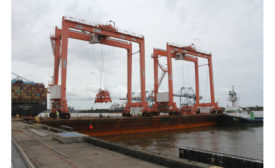Home » Keywords: » ports
Items Tagged with 'ports'
ARTICLES
Facility designed to process up to 3 million pounds of blast freezing per day.
Read More
Elevate your expertise in refrigerated and frozen foods with unparalleled insights and connections.
Get the latest industry updates tailored your way.
JOIN TODAY!Copyright ©2025. All Rights Reserved BNP Media.
Design, CMS, Hosting & Web Development :: ePublishing











